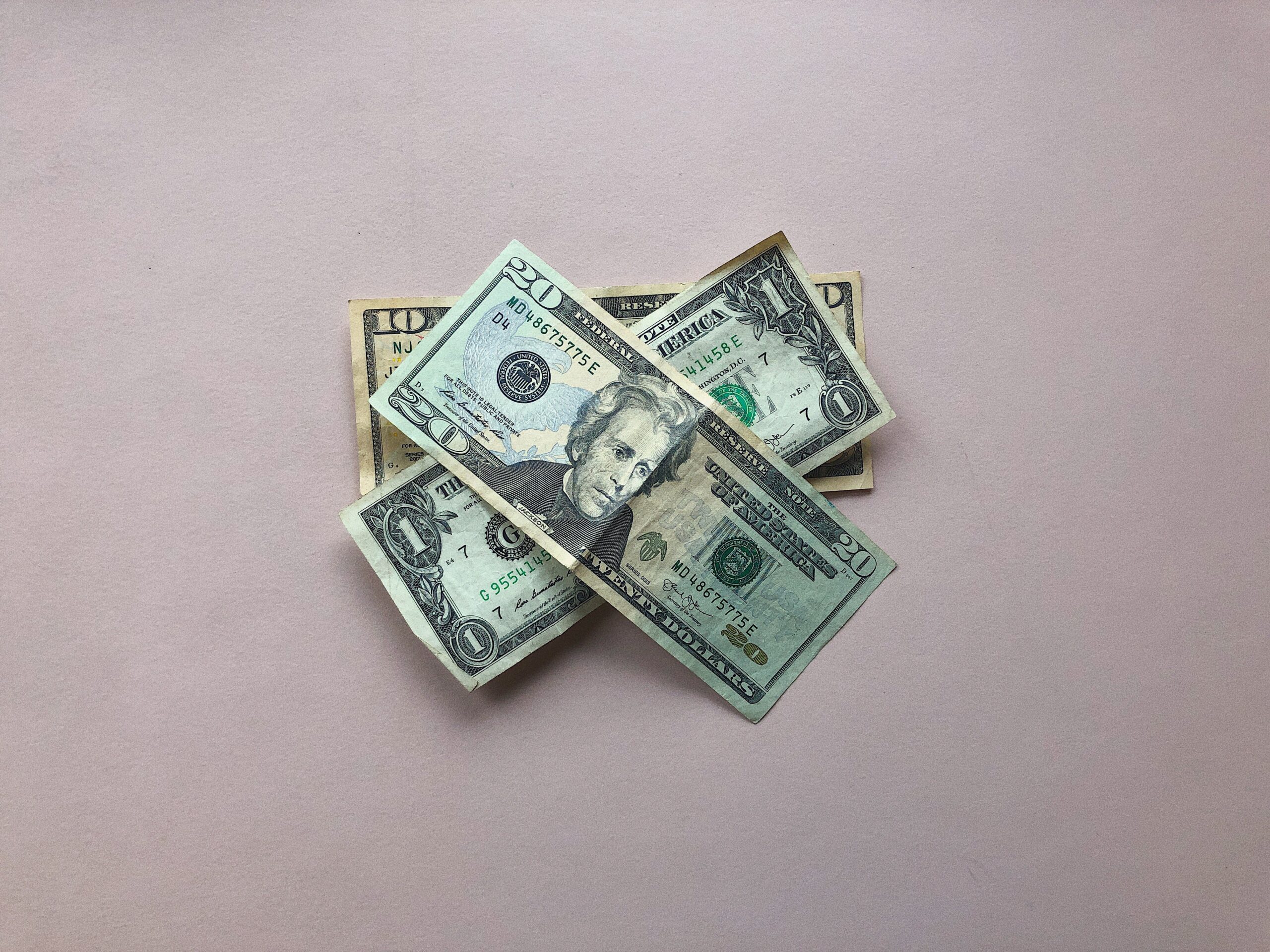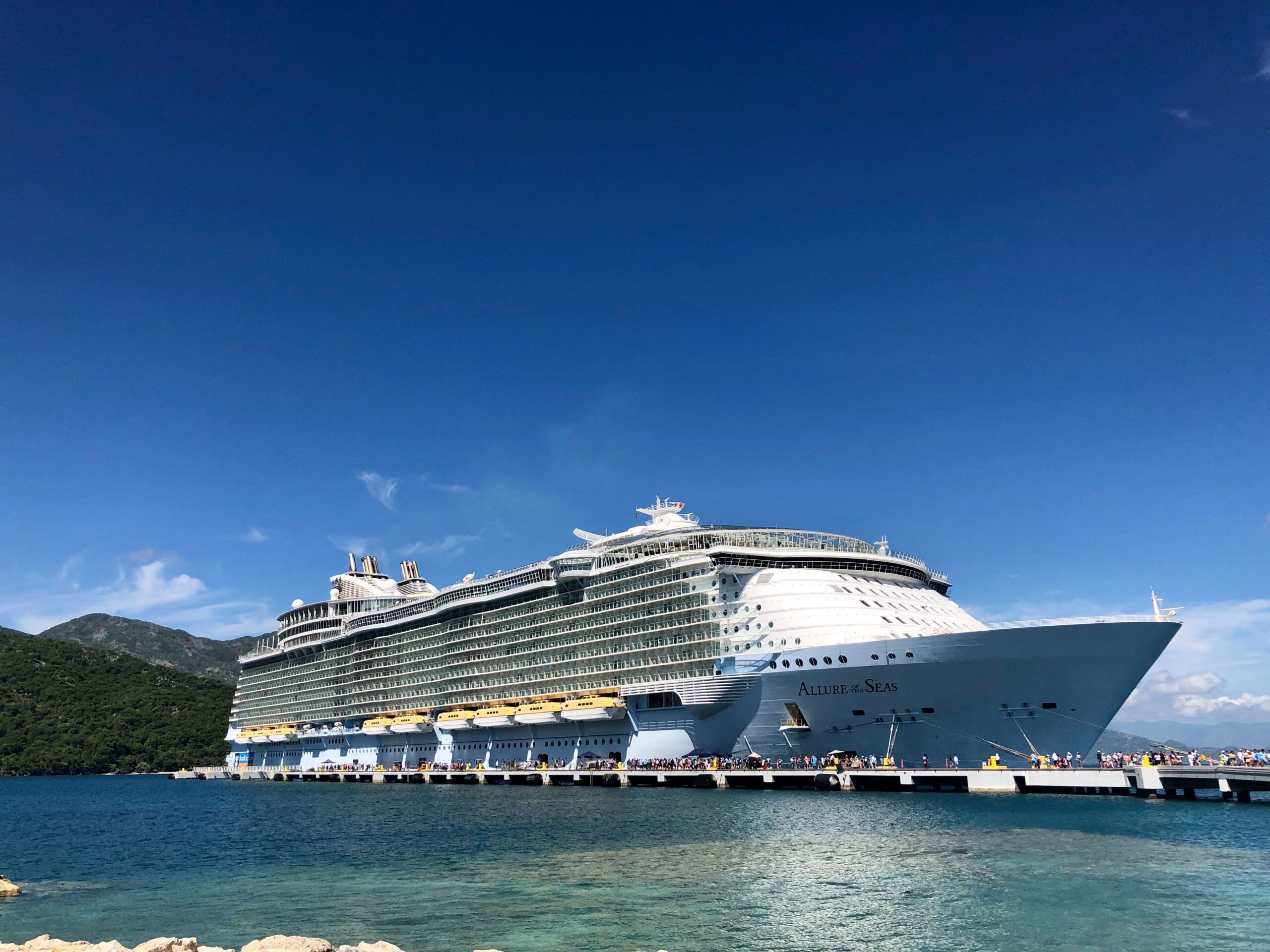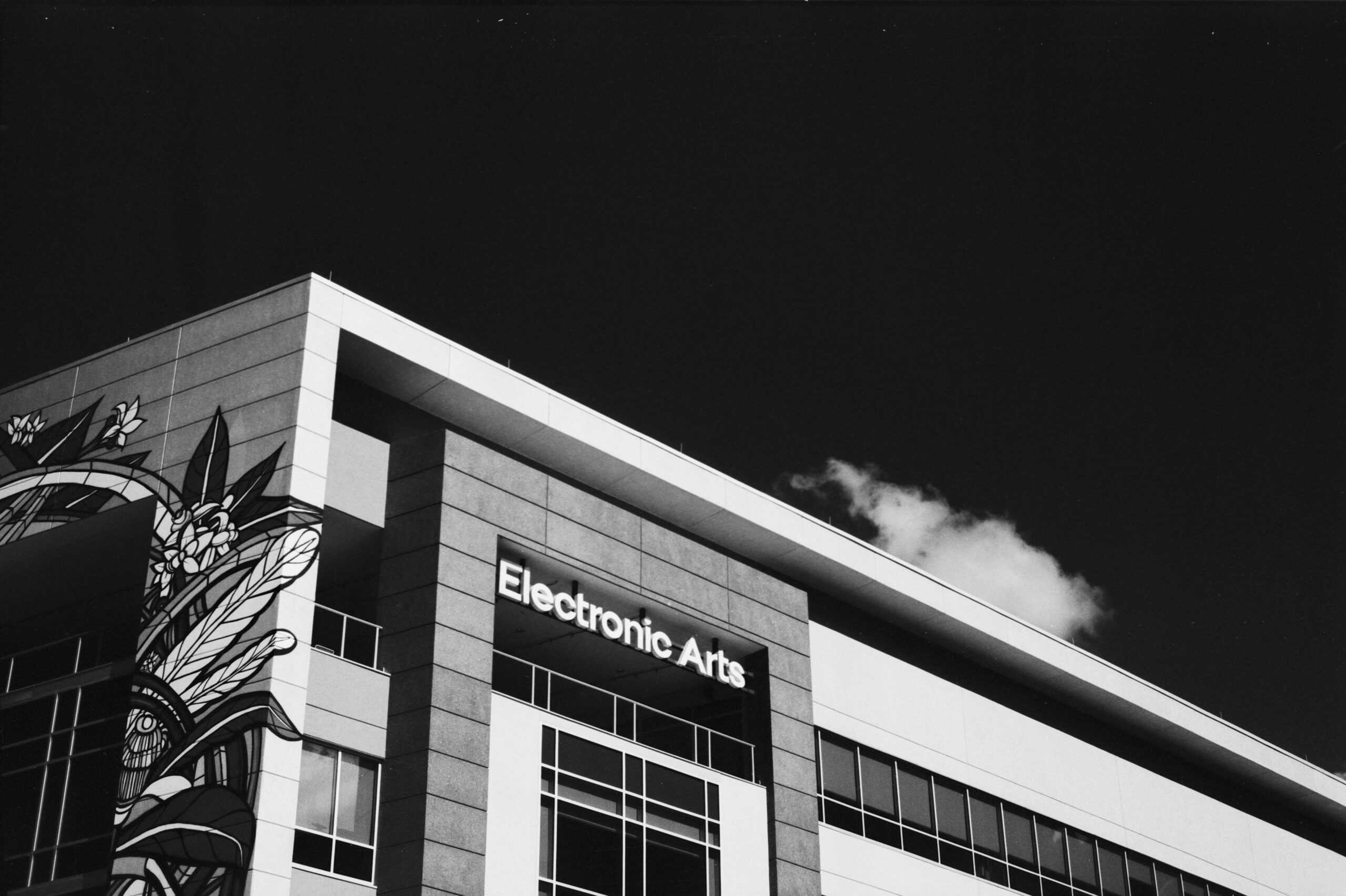The Federal Reserve has been in the news a lot in recent months. They played a large role in helping the US through the darkest days of the pandemic and they continue to provide assistance and guidance as the recovery continues.
But just what is the Federal Reserve?
In this post, I set out to explain in plain language just what this esteemed body is and what its roles are.
History of the Federal Reserve
The Federal Reserve was founded by an act of Congress passed in 1913. The “Fed” was founded as a mechanism to ease the financial panics that were common in the era. These panics were often caused by the failure of one bank, and the following “domino effect” that saw people rushing to withdraw funds from unaffected banks.
The founding of the Federal Reserve was implemented after a severe run in 1907 wreaked havoc with the American banking system.
Roles and Responsibilities
The Federal Reserve, like any central bank, fulfills many roles. Amongst its core duties are: –
• Determining Money Supply
• Providing Government Banking Services
• Easing Crises by Lending to Banks
• Promoting Consumer Protection
The Federal Reserve is a central bank that is under public control. Effectively what this means that although the Reserve must work to meet the objectives laid out by Congress, it does so with autonomy that frees it from political interference.
It comprises three parts, each of which operates independently of the federal government, these are: –
• The Board of Governors
• Regional Reserve Banks
• Federal Open Market Committee
Next, I will discuss each of these parts and how they fit into the overall picture.
Board of Governors
The Board of Governors is the Federal Reserve’s central component. Based in Washington D.C. the board consists of seven members who are appointed by the US President and confirmed by the Senate. These Governors are responsible for the Federal Reserve’s policies.
Normally, although not exclusively, a Governor’s term will last for 14 years. The appointments are staggered with one governor’s term expiring every two years. This system ensures there is always continuity.
Regional Reserve Banks
There are 12 Regional Reserve Banks across the US. Although these banks operate under the oversight of the Board of Governors, they do work independently of each other. Often they are called the “bankers bank” and this description gives a clue to their responsibilities. Regional Reserve Banks provide similar services to the commercial banks, that the commercial banks provide to their customers.
Regional Reserve Banks lend money to commercial banks, distribute currency, and process electronic payments for the commercial sector.
Federal Open Market Committee
This is the main body that is responsible for the Federal Reserve’s monetary policies.
Its voting membership comprises of the seven members of the Board of Governors, the President of the New York Federal Reserve bank (this being the largest of the Regional Reserve Banks), and four other Federal Bank Presidents.
Except for the New York President, each of the four Presidents serve a one-year term on the FOMC on a rotating basis to ensure each Regional Bank is represented over a period. Although not voting members, all the Presidents of the Regional Reserve Banks attend each meeting of the FMOC.
Conclusion
The Federal Reserve is crucial to the American Economy. It was established as a result of a Financial Crisis, and to this day it is still a mechanism that is geared to smooth the way whenever a financial crisis occurs.
Many aspects of the economic recovery the country has seen since the pandemic eased can be directly traced back to actions taken by the Federal Reserve.



